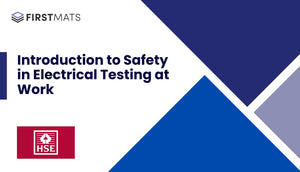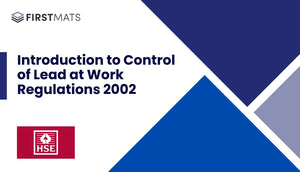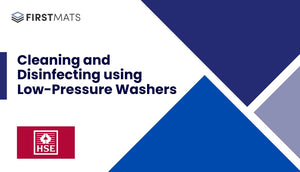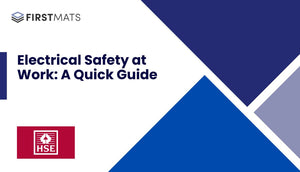Article Index:
Introduction
This article provides a simple guide to understanding the contents of the Health and Safety Executive's (HSE) leaflet INDG172(rev1) on occupational asthma. The leaflet, titled "Breathe freely: A workers’ information card on occupational asthma", is aimed at helping workers understand the risks and preventive measures associated with occupational asthma.
Understanding Occupational Asthma
Occupational asthma is a respiratory condition caused by inhaling certain substances at work, known as respiratory sensitisers. These substances can cause allergies and permanent damage to the nose, throat, and lungs. Symptoms may not appear immediately after exposure but often within the first two years, sometimes even after decades. Symptoms include:
- Runny and itchy eyes and nose
- Wheezing
- Tightness of chest
- Shortness of breath
- Coughing
These symptoms often worsen in the evening or during the night. If you notice an improvement in symptoms during weekends and holidays, it might be a sign of an occupational cause.
Substances That Can Cause Occupational Asthma
Various substances can lead to occupational asthma if inhaled. Some of these include:
- Isocyanates
- Flour/grain dust
- Glutaraldehyde
- Wood dusts
- Soldering flux
- Latex
- Laboratory animals
- Some glues and resins
Preventing Occupational Asthma
While your employer is responsible for protecting you from harmful substances, you also have a role to play. You can protect yourself by:
- Complying with all health and safety precautions
- Using all the provided control measures
- Using personal protective equipment (PPE) when necessary
- Storing your PPE properly to avoid contamination
- Reporting any defects in control measures and PPE to your employers
- Reporting any symptoms to your manager, health and safety representative, and your doctor
Conclusion
Occupational asthma is a serious health risk that can have lifelong consequences. Awareness, prevention, and early detection are key to managing this risk. Remember to always read the labels of substances you work with, follow safety precautions, and report any symptoms to your health and safety representative and doctor. For more information, you can visit www.hse.gov.uk or contact Asthma UK at 0800 121 6244 or www.asthma.org.uk.







